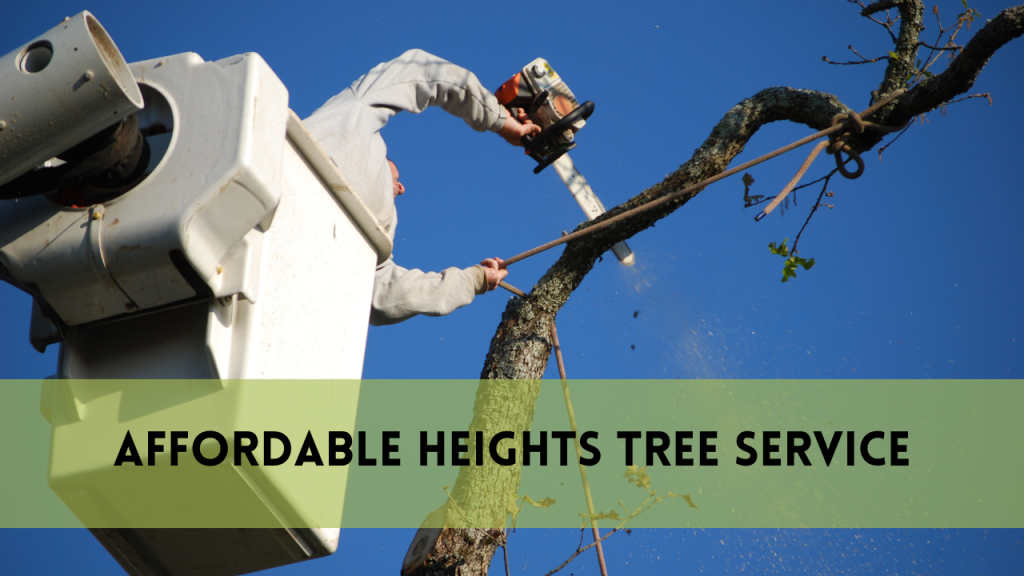How Long Do Cottonwood Trees Shed?
Cottonwood trees shed tree (Populus) are deciduous trees with large, heart-shaped leaves and cotton-like seeds. They are most frequent in damp areas near rivers, streams, and marshes. These trees grow quickly, reaching towering heights and offering plenty of shade thanks to their broad canopies. Their soft wood is also employed in a variety of sectors including as woodworking and paper manufacturing.
Life Cycle of Cottonwood Trees
Cottonwood trees have a complex life cycle with several phases. It starts with seed germination, which is frequently triggered by favorable conditions like wet soil and enough sunshine. As the seeds sprout, they develop into saplings and build root systems. These seedlings grow into big trees with large leaves and solid trunks as they develop. The adult trees next enter the reproductive phase, in which they generate seeds encased in fluffy cotton-like coverings. These seeds are distributed by wind or water, allowing new cottonwood trees to grow. The elder trees eventually die due to natural causes or diseases, completing the life cycle as they disintegrate and restore nutrients to the soil.
Cottonwood Tree Shedding Process
Cottonwood trees have a distinct shedding mechanism that happens on a regular basis. Shedding entails the discharge of leaves, cottony fiber-encased seeds, and branches. This shedding occurs at certain seasons, most typically in spring or early summer, and is controlled by environmental conditions like as temperature and moisture. The shedding process promotes tree regeneration, disperses seeds for reproduction, and adds organic materials to the ecosystem. Excessive shedding, on the other hand, might pose problems in metropolitan environments, needing effective management measures to preserve cleanliness and prevent possible debris collection difficulties.
How long do cottonwood trees shed
Cottonwood trees often shed their bark for many weeks to several months. The shedding time differs according on the tree type, local climate, and environmental variables. In most cases, shedding happens in the spring or early summer. Understanding the period of shedding aids in forecasting the impact on the environment and developing suitable management methods to meet possible debris concerns.
Duration of Cottonwood Tree Shedding
The duration of shedding in cottonwood trees can vary depending on a number of factors. Cottonwood trees often shed for many weeks to a few months, with the majority of sheds happening in the spring or early summer. However, the length of shedding is determined by a variety of factors, such as cottonwood species, local climatic conditions, soil moisture, and overall tree health. Temperature, wind, and rainfall can all have an effect on how long the shedding phase lasts. Understanding the variety in shedding time is critical for forecasting its influence on the surrounding ecosystem. It aids in the planning of essential cleanup activities, the management of possible debris accumulation, and the adoption of suitable methods to solve any difficulties that may occur as a result of the shedding process.
Impact of Cottonwood Tree Shedding
Cottonwood tree shedding has both beneficial and negative consequences for the environment. Positively, shedding helps to improve ecosystem dynamics by disseminating seeds, leaves, and branches, which provide vital nutrients to the soil. This process promotes biodiversity by establishing homes for numerous creatures. However, excessive shedding in urban environments might pose problems. Debris may choke drainage systems, necessitating more maintenance work. Furthermore, shedding might aggravate allergies in certain people owing to released pollen and airborne particles. Managing the impact entails continuous clean-up activities to preserve cleanliness in impacted areas. Understanding the dual nature of shedding is critical for balancing its ecological advantages with the necessity for appropriate management measures in urban areas, guaranteeing peaceful living with cottonwood trees.
Cottonwood Trees and Allergies
Cottonwood trees can cause allergies in certain people owing to their shedding mechanism. Cottonwood trees shed pollen and airborne particles during the shedding season, which can cause allergy responses in people who are sensitive to pollen. These allergens, carried by wind, can cause respiratory disorders such as sneezing, congestion, and itchy eyes in those who are afflicted. Understanding the relationship between cottonwood tree shedding and allergies is critical for people who are allergic to these airborne particles. Staying indoors during peak shedding times, using air purifiers, and seeking medical advice for allergy management can help individuals mitigate the effects of cottonwood-related allergies, allowing for better coping mechanisms and an improved quality of life during these seasons.
FAQS
Do all cottonwood tree species shed in the same way?
Cottonwood species’ shedding habits may differ according to environmental and genetic reasons.
Can cottonwood tree shedding hurt the environment?
While shedding is a natural process, excessive trash in urban areas can pose problems and harm local ecosystems if not controlled appropriately.
Are cottonwood trees susceptible to certain illnesses during the shedding season?
Shedding seasons can cause trees to become stressed, thus rendering them more susceptible to certain illnesses. These dangers can be reduced with proper care and maintenance.
Do cottonwood trees shed all year?
Shedding normally happens at specified seasons, most frequently in the spring or early summer, but the duration might vary.
How may the impact of cottonwood tree shedding in residential areas be reduced?
Regular management, such as regular leaf and branch removal and the planting of male cottonwood species, can assist to reduce shedding difficulties in residential areas.
Conclusion
Finally, cottonwood trees shed as part of their natural life cycle, contributing greatly to ecosystems but also posing issues in particular settings. Understanding the shedding process, its duration, and the consequences assists in better managing these trees for environmental balance and human well-being.



